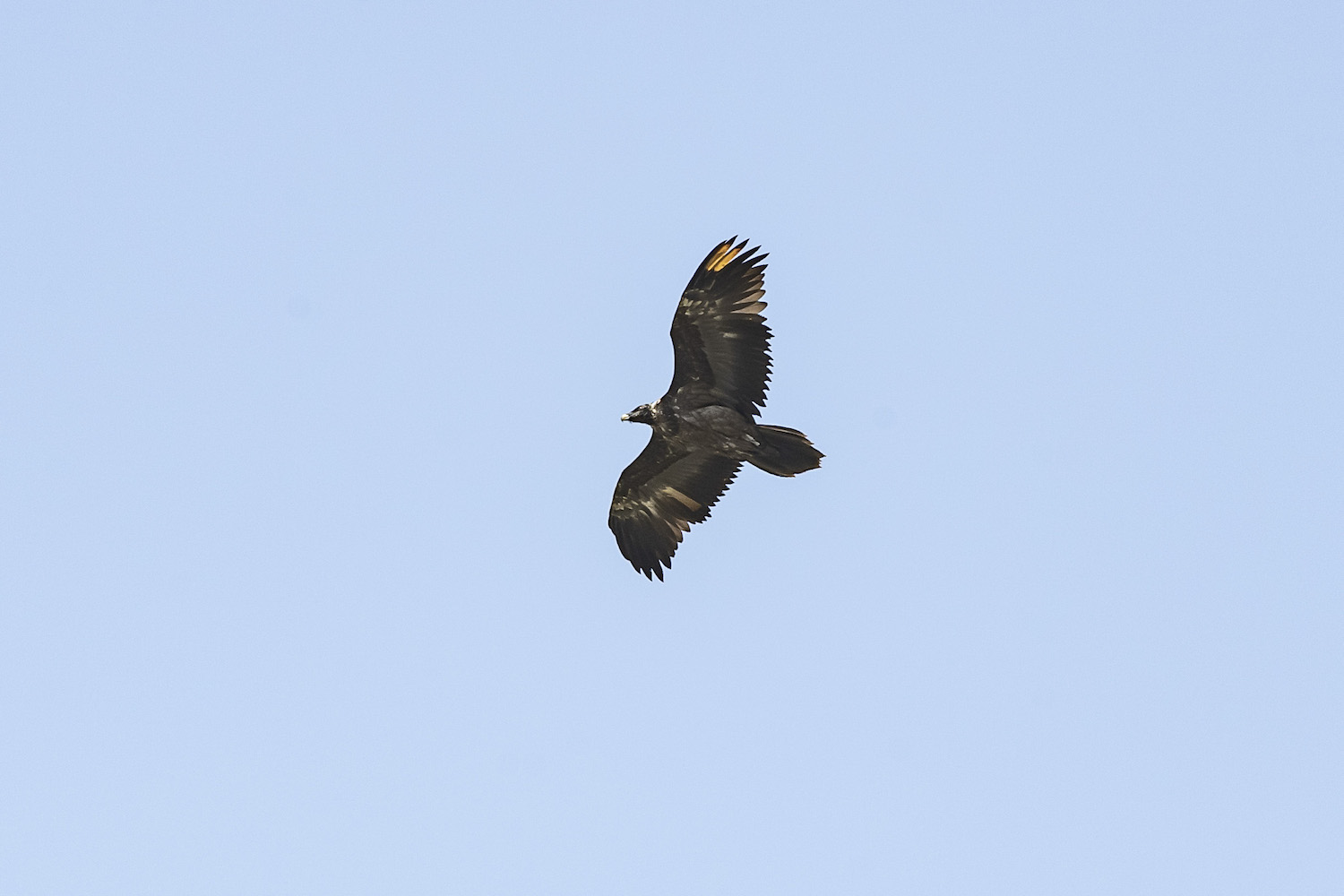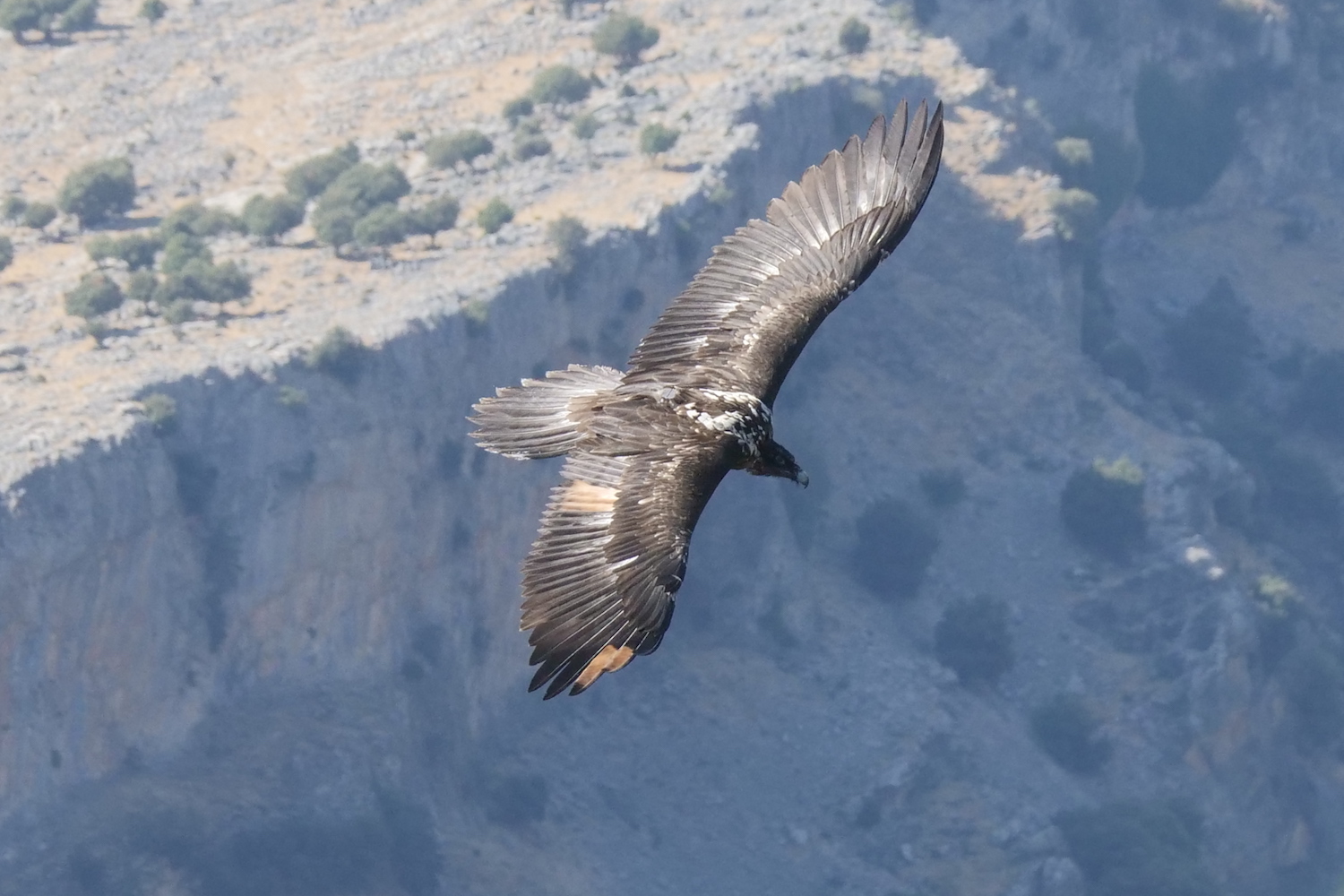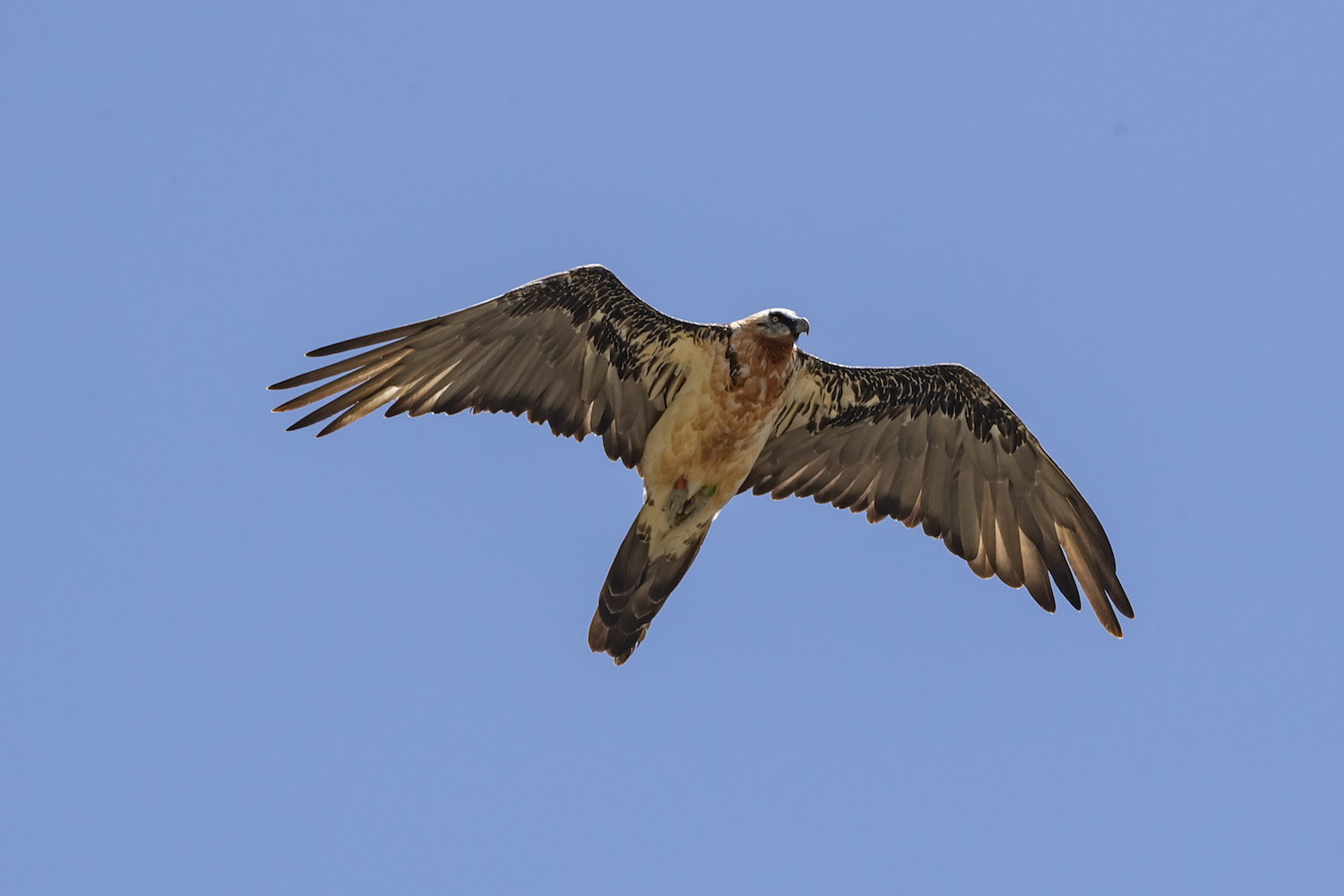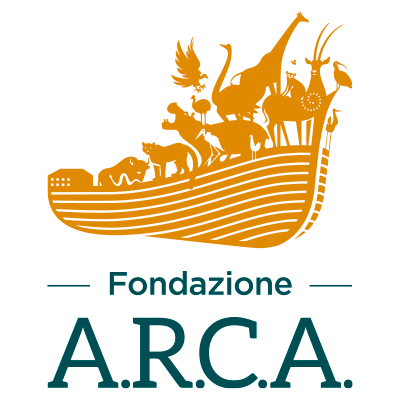200 years ago, the bearded vulture was found in all Southern European mountain areas, from Western Spain to the Balkans, but also in Africa and Asia. Currently this vulture is one of the rarest species in Europe, and the population is decreasing also in Africa and Asia. Poisoning, habitat destruction, anthropic disturbance in breeding areas and the collision with electrical wires are considered the main threats to the survival of the bearded vulture. It’s estimated that in Europe the population has decreased by 10% over the last three generations; globally the decrease is estimated between 25 and 29 %.
The bearded vulture, as other species of vultures, require a large distribution area with good quality habitat, increasingly difficult to find in the urbanized Europe. This species is classified as “Near Threatened” by the IUCN Red List.
Given their important role in the ecosystem, bearded vultures are considered a key species on our mountains. Thanks to their diet made of animals’ carcasses, they reduce the chances of infectious disease transmission, act as natural sweepers and have an incredible socioeconomic value to local communities.
A unique feature of this vulture species is its specialization in eating also animals’ bones; using powerful digestive acids, the stomach of bearded vultures breaks down solid bones within 24 hours.
The bearded vulture, as other species of vultures, require a large distribution area with good quality habitat, increasingly difficult to find in the urbanized Europe. This species is classified as “Near Threatened” by the IUCN Red List.
Given their important role in the ecosystem, bearded vultures are considered a key species on our mountains. Thanks to their diet made of animals’ carcasses, they reduce the chances of infectious disease transmission, act as natural sweepers and have an incredible socioeconomic value to local communities.
A unique feature of this vulture species is its specialization in eating also animals’ bones; using powerful digestive acids, the stomach of bearded vultures breaks down solid bones within 24 hours.
 |
 |
 |
 Italiano
Italiano English
English Deutsch
Deutsch




